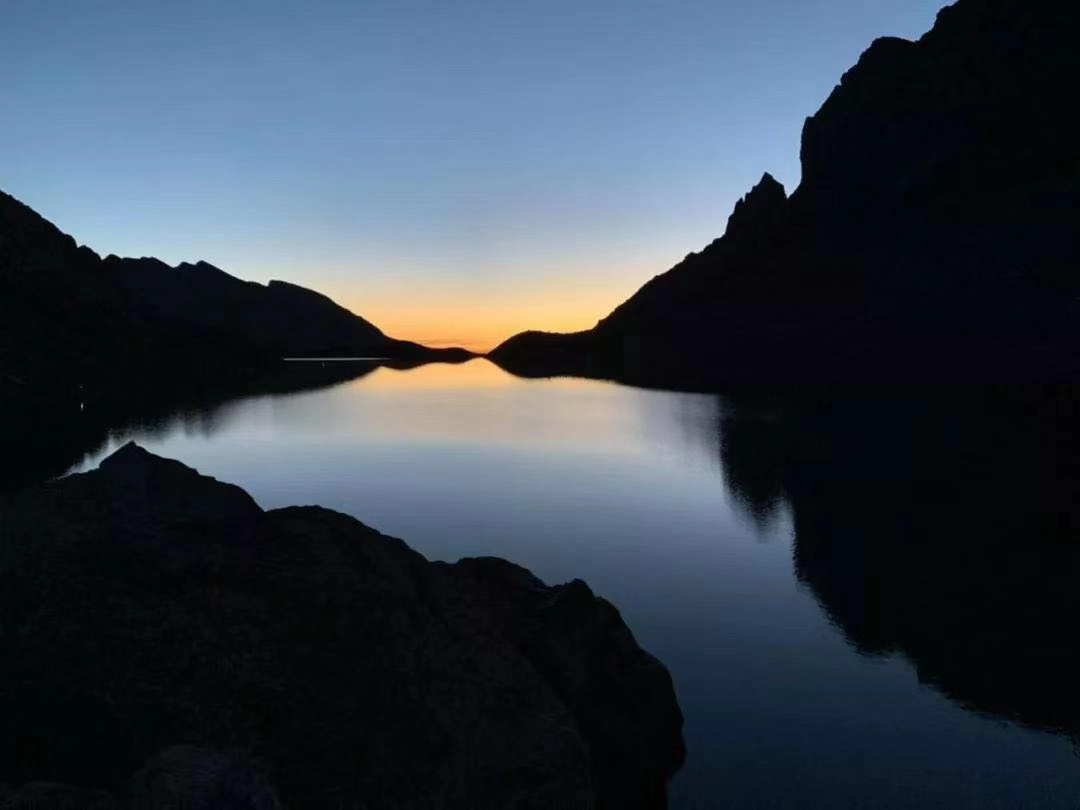If you’ve been following along on social media, you know why I haven’t posted on the blog in a while: it’s been a wild ride. Between closing on the acquisition of our new Utah guide business Dreamland Safari Tours on March 6, having to suspend all operations less than two weeks later, running a big crowdfunding campaign, directing the 2020 Summit Scholarship program for AWExpeditions amidst a pandemic, and of course moving to a new town days before social distancing measures went into effect for the first time - this spring has packed a punch. And then, to top it all off and completely unexpectedly (ha…), Paul turned 60! What was intended as a big friends & family celebration in Paul’s old stomping grounds in California turned into a local camping date for just the two of us.
At this point, I am happy to report that life is beginning to feel a bit more manageable again: We are now optimistic that Dreamland will make it through the storm. We are slowly starting to reopen for business (come visit). As social distancing recommendations are beginning to relax a bit here in Utah, we are starting to connect with our new local community. And we’re getting out to explore our new backyard, which is nothing short of phenomenal. Just take a look at these shots from some of our recent outings below.

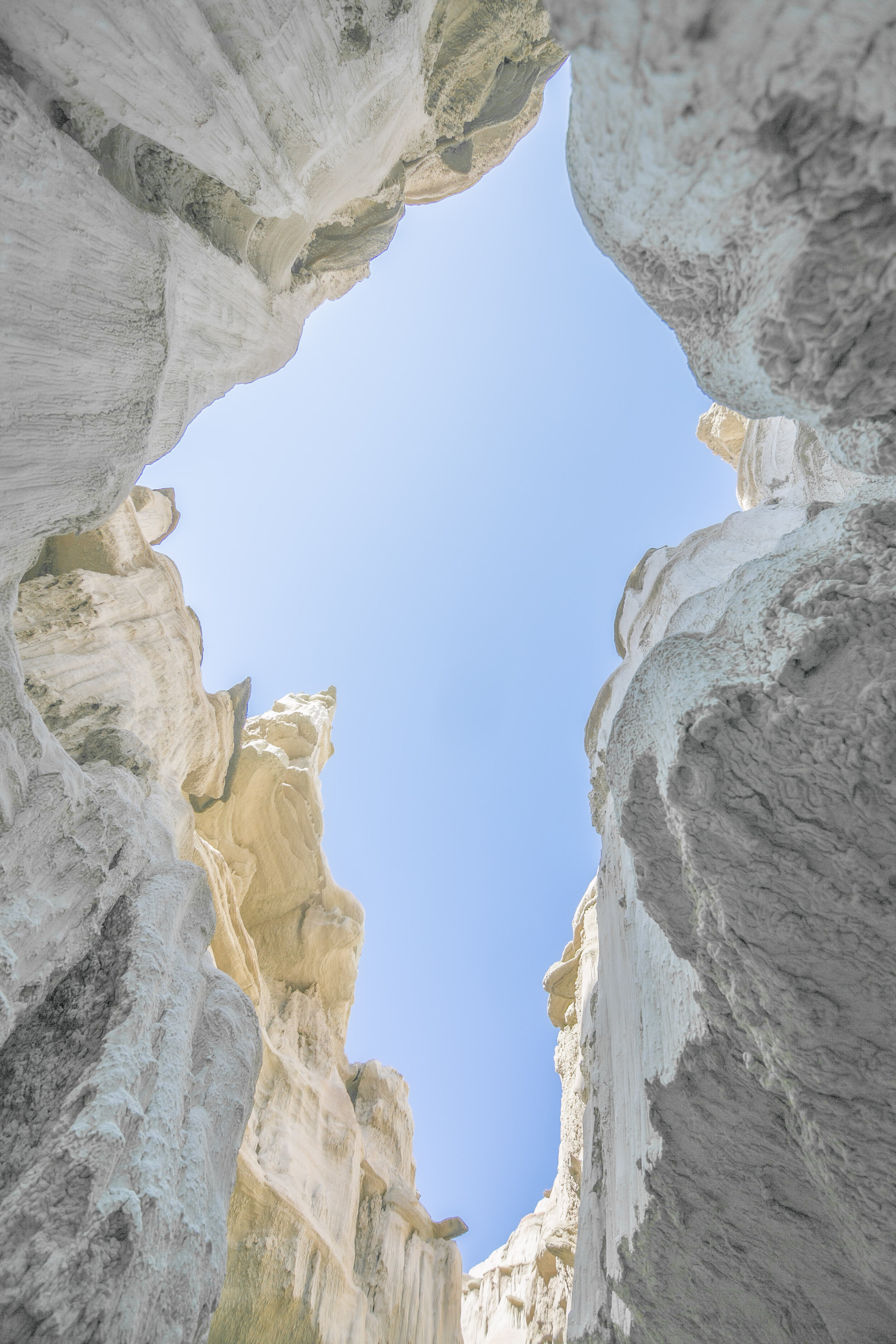

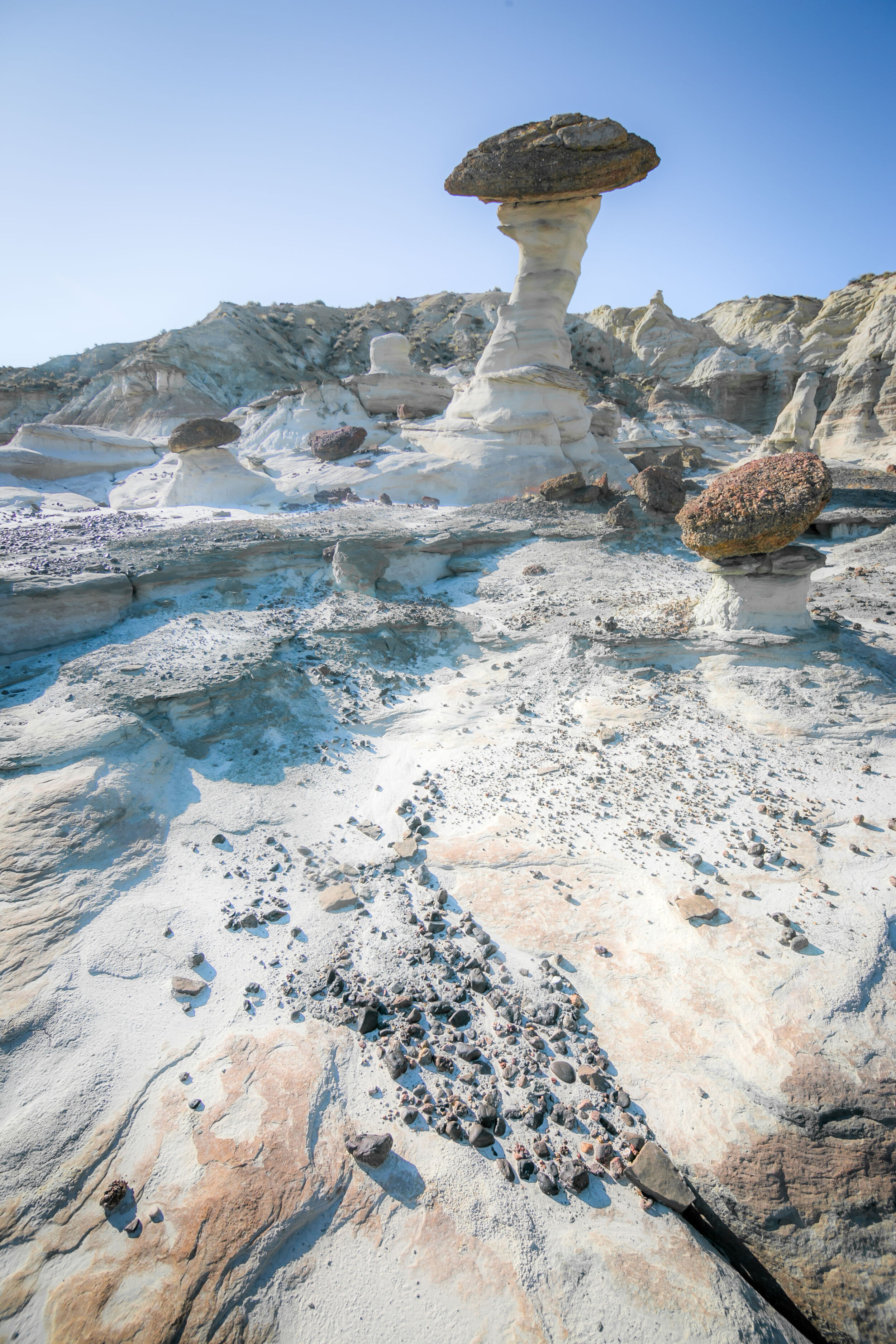
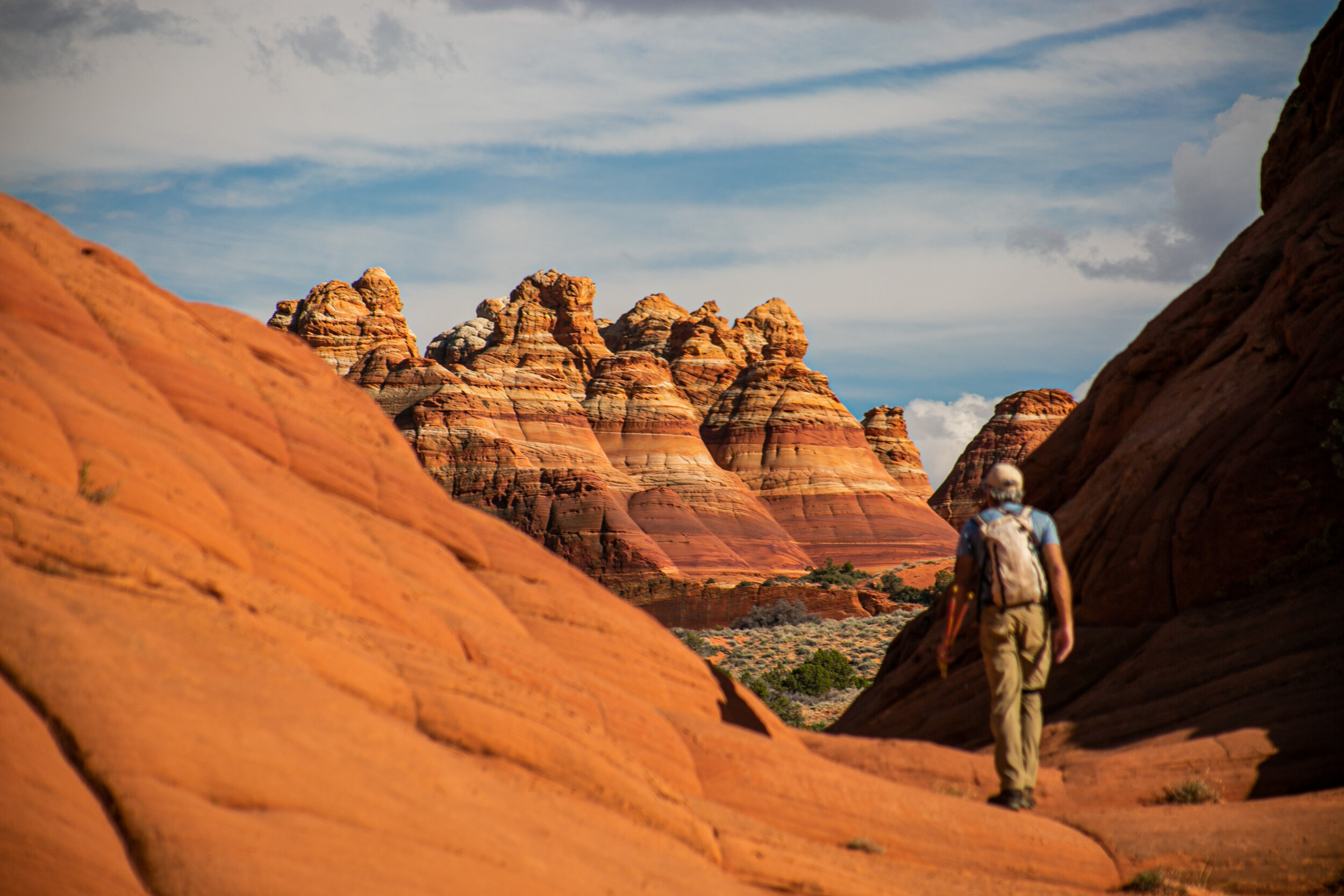
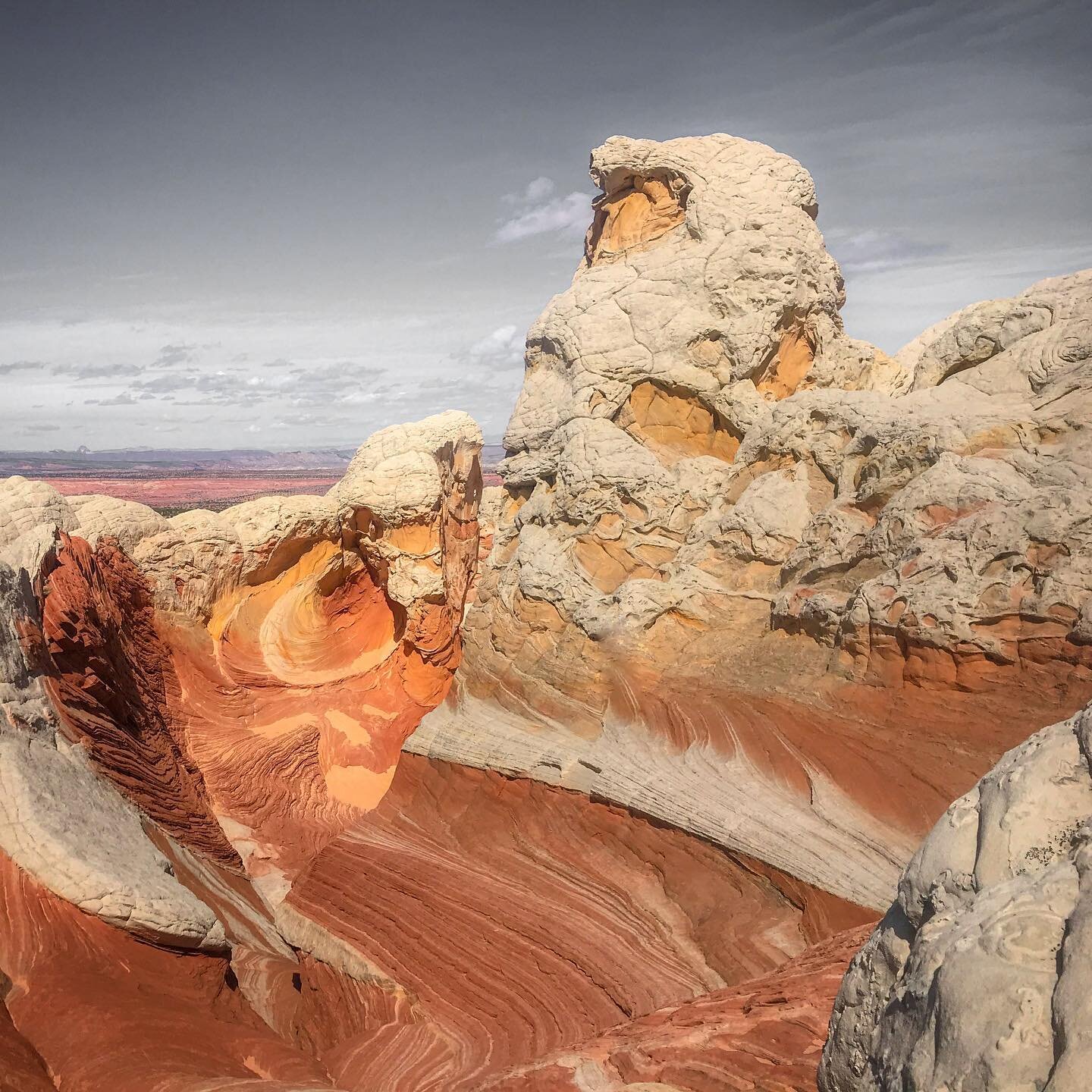

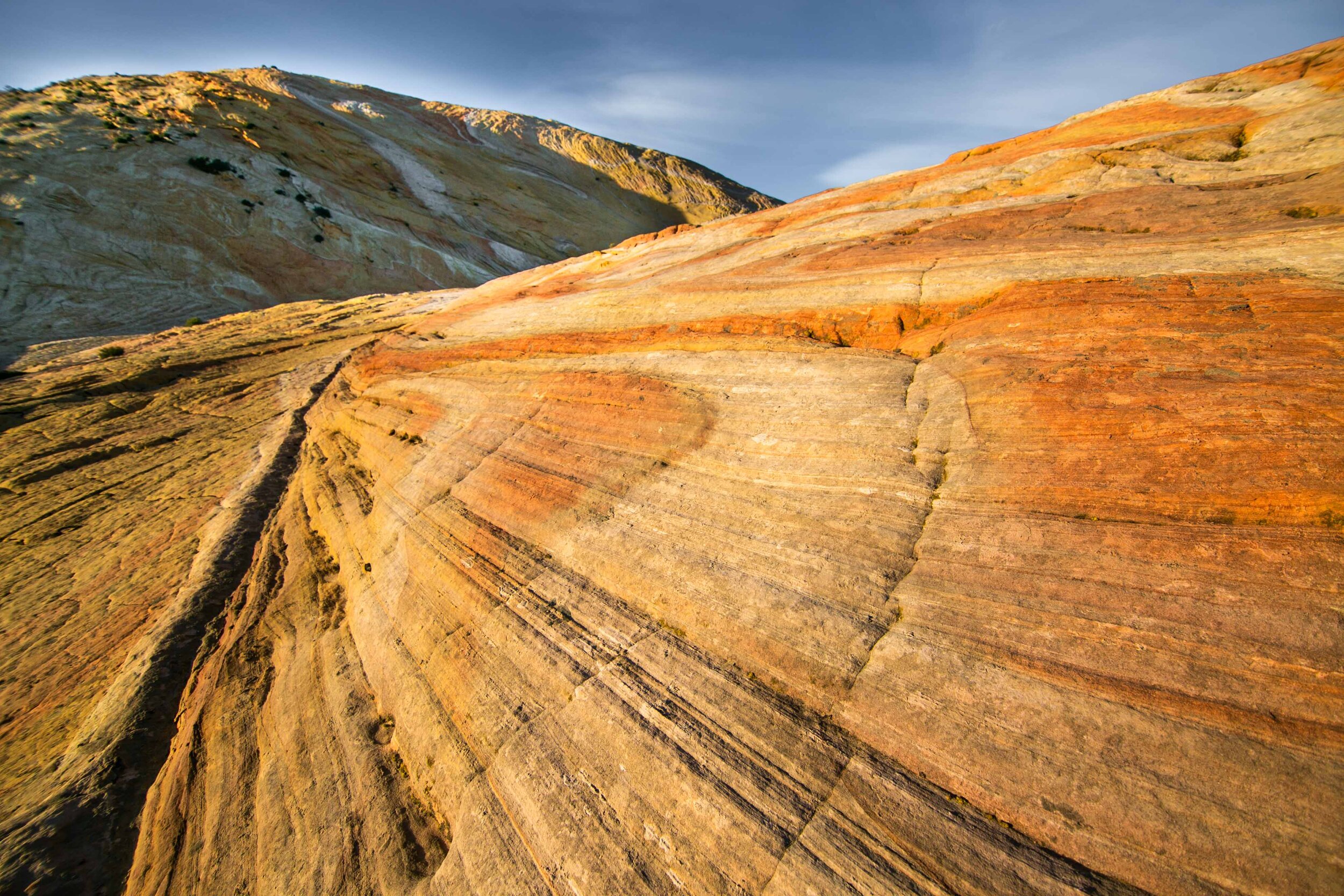
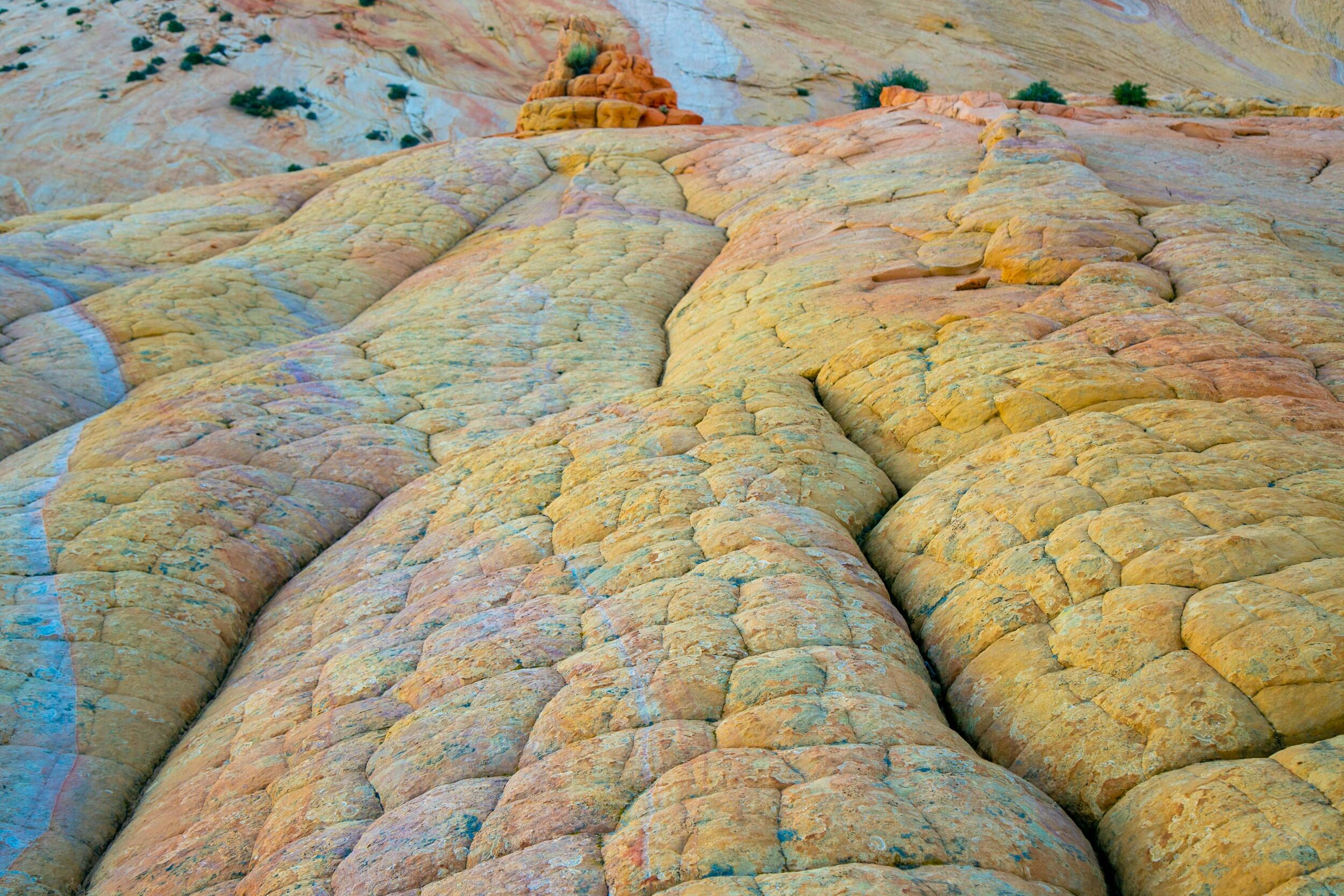
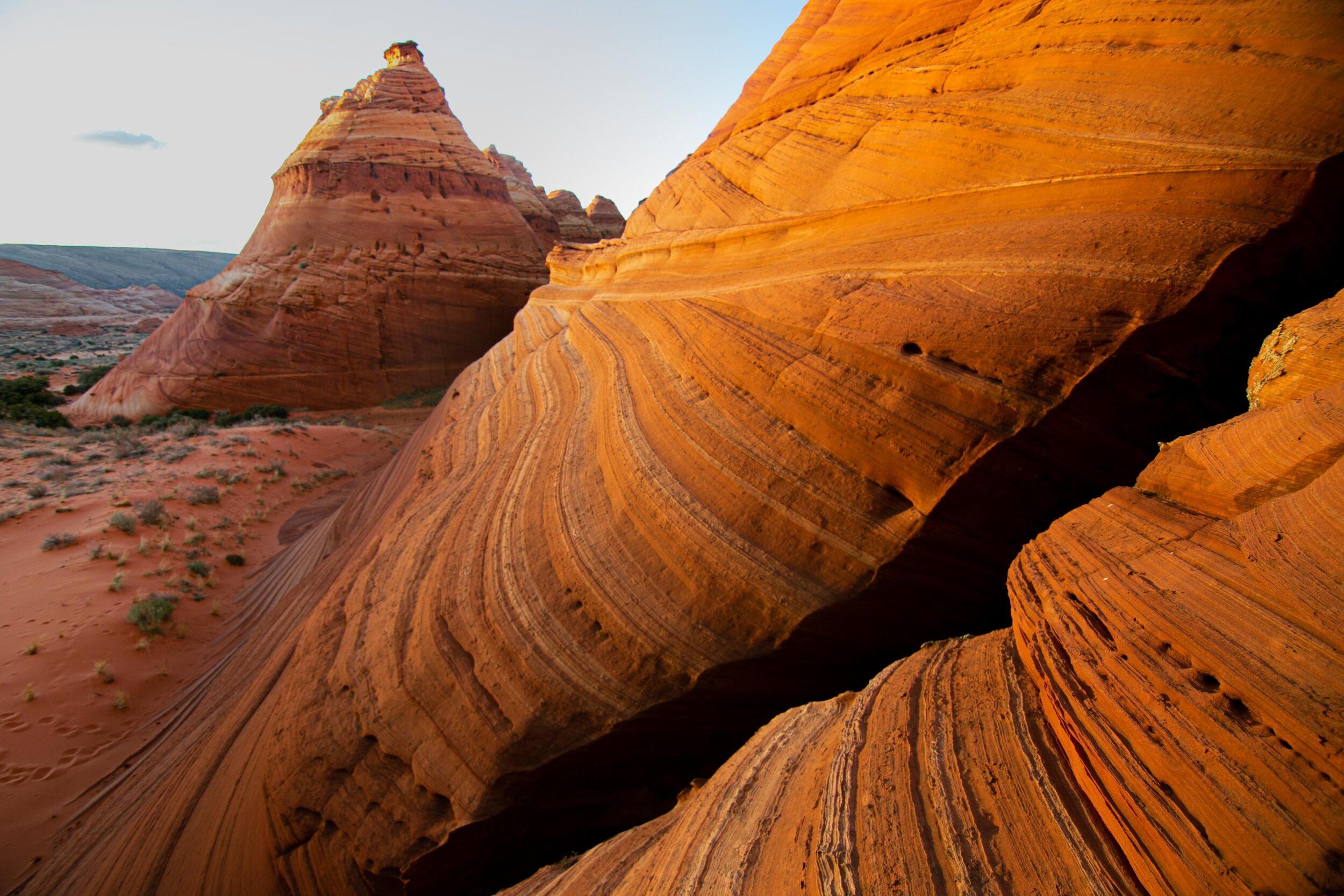

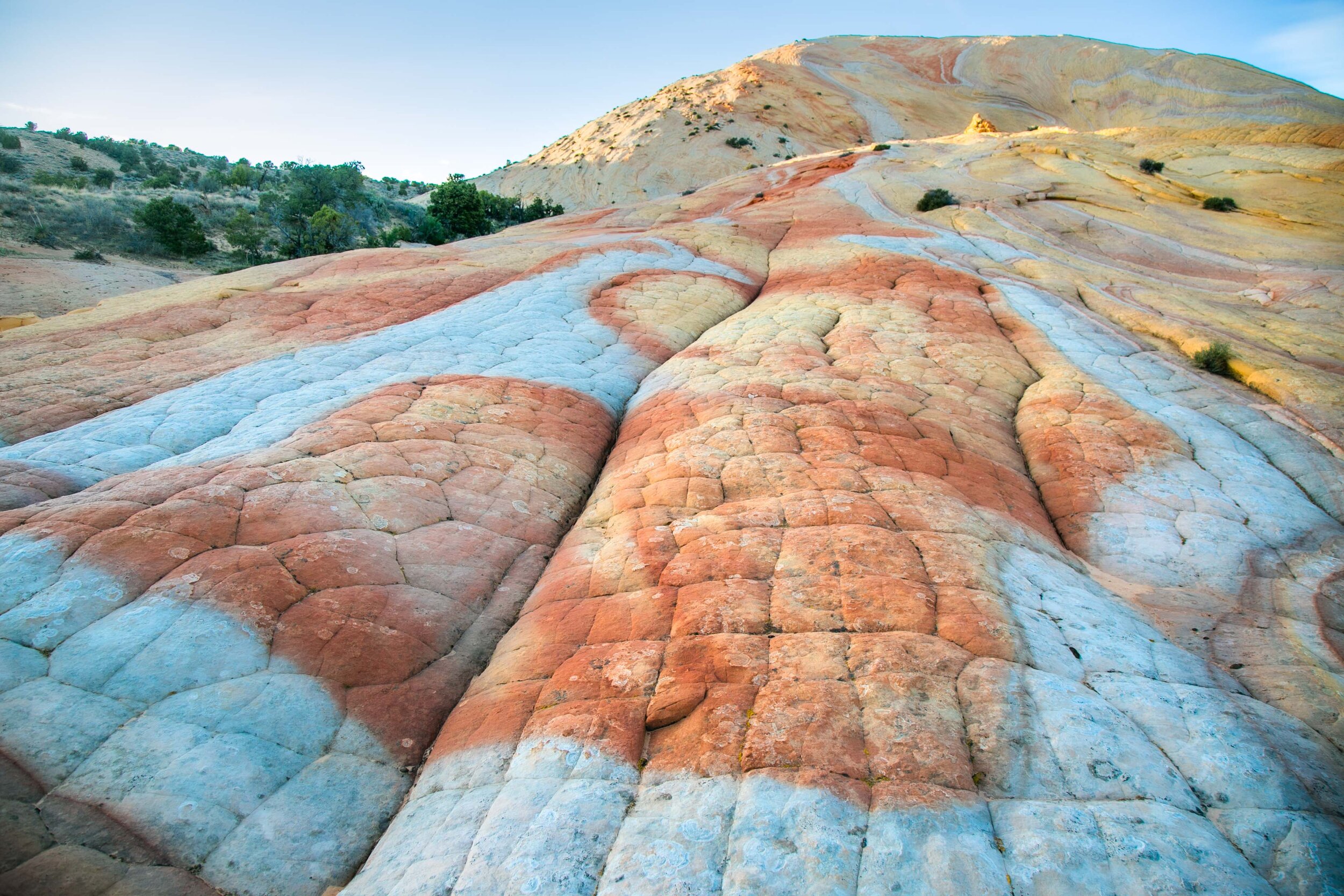
For what its worth: we are permitted to run guided tours to all of these spots through Dreamland!
With COVID impacts starting to ease a bit where we are — our county is officially going to a yellow or ‘low’ threat level tomorrow — and public lands opening up all around us, I am excited to get out and start pursuing some bigger missions again. The big speed record goal for this spring is establishing a women’s time on the R2R2R-alt in the Grand Canyon with my friend Christin Healey but that will have to wait until the Grand Canyon re-opens backcountry access. In the meantime, I’m planning to test the legs and tackle the beautiful Buckskin-Paria route from Wire Pass to Lees Ferry as a solo mission this weekend. It’s about 44 miles or so, and you’ll be able to follow along on live GPS at www.sunnystroeer.com/gps once I start running near mid-day on Saturday. Please note that GPS readings may be wildly inaccurate during the initial section through Buckskin Gulch - this is the deepest, longest slot canyon in the US and no GPS device does well down there.
It feels like forever since I’ve been out on a big run. I can’t wait to stretch the legs a little and see how 44 miles will feel after a few weeks of mostly short runs with long, slow desert exploration missions sprinkled in. If all goes well, I hope that I’ll be able to complete the route in about 11-12 hours… but no matter what, it’ll be a great gauge to see just how much fitness I still need to gain back prior to an attempt on the Grand Canyon FKT!
In the meantime I’ll leave you with a short video not from Buckskin Gulch but from a much smaller, gentler slot canyon a few miles from our front door here in Kanab which we frequently guide for Dreamland. Come visit when you can, will you?







